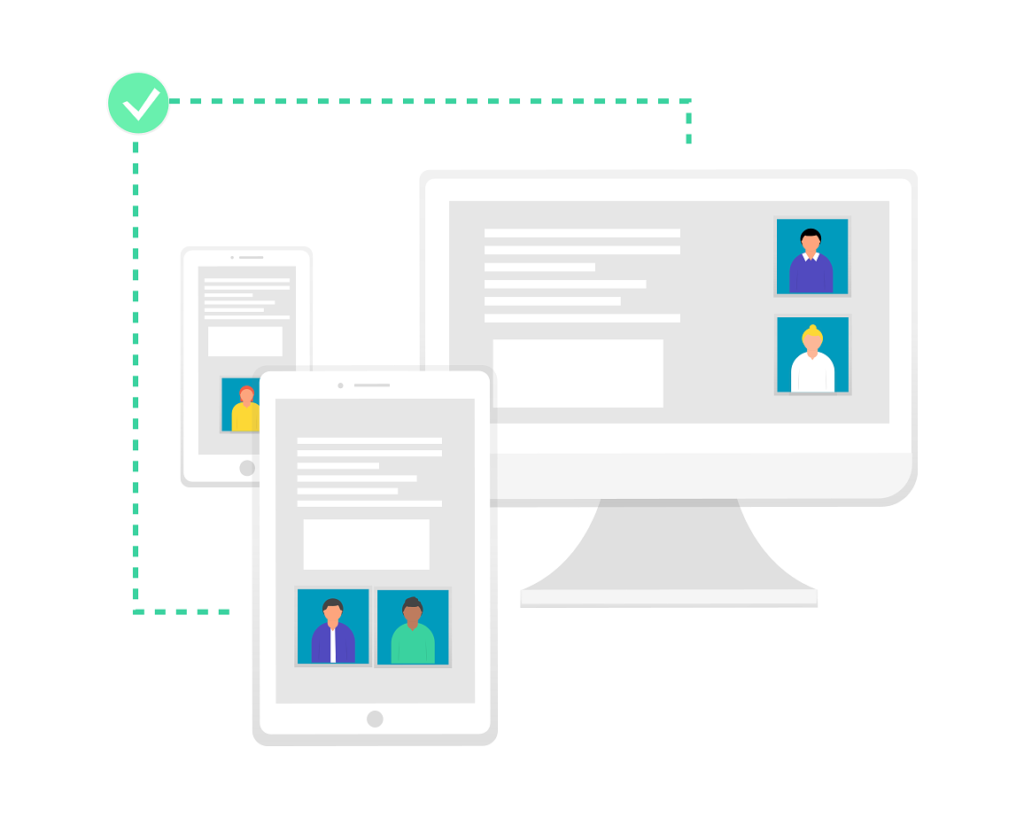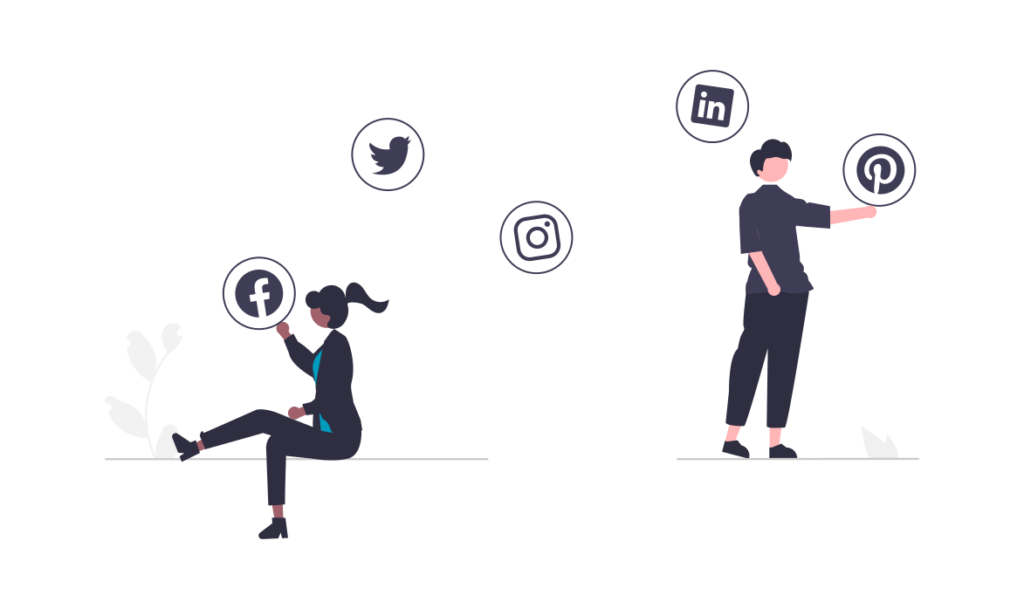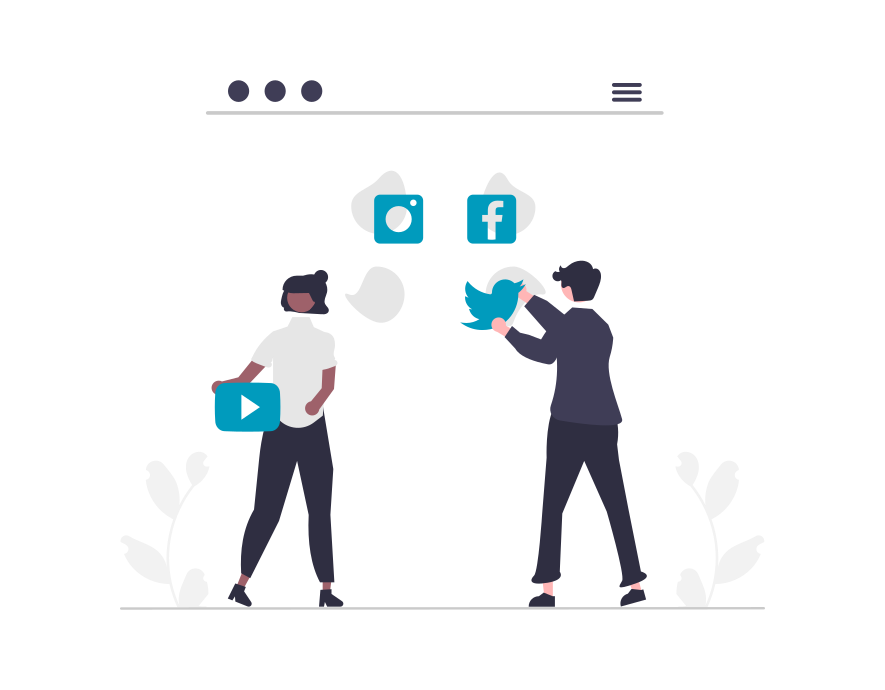Reading Practice: Censorship in the Media

Here’s where you can download Reading Practice texts and professionally made worksheets designed to test and improve your reading skills – all available for only a few Academic Marks. Each authentic reading text has been carefully selected to best improve academic reading skills through repetition and success.
Before you begin reading...
-
video and audio texts
-
knowledge checks and quizzes
-
skills practices, tasks and assignments
Category: Accessing the Arts
Topic: Censorship in the Media
Difficulty: Intermediate-Advanced
Length: 1,087 words
Description: A relatively brief academic article about the different types of media censorship that exist and how different countries censor their publications.

Accessing the Arts
Censorship in the Media
1 Media censorship exists around the world to varying degrees, no matter the country or the culture. As is quite typical of Western, democratic states, such censorship may be very subtle. Indeed, the people of nations such as Germany or France may not believe that their country’s communication is censored at all – when in fact it often is. Conversely, peoples of other nationalities may be much more aware of how censored their media is, perhaps to the point that they are afraid of honestly communicating thoughts via social media or do not trust national news or media outlets for reliable, non-biased information.
2 At either end of the censorship spectrum, the fact remains that it is through the media that information is transferred, framed and shared, and that commonly held beliefs and ideologies are formed, explored and supported. Therefore, understanding how the media may be censored is an important topic for those who wish to understand their and their country’s biases, principles and culture. While full understanding this topic requires an extensive text, it is hoped that the different types of censorship and motivations for them can be touched upon in this article, and that this basic knowledge can act as springboard to discuss and examine this important topic in more depth.
3 It may first be helpful to determine what is meant by the term ‘censorship’ and to consider the different types that traditionally exist in society. Censorship can be defined as the suppression of any form of communication, be it written, verbal or visual, enacted by a government, an individual or a private institution. Censorship seeks to hide or remove content considered inappropriate, harmful, sensitive or disruptive. The motivations for doing so are perhaps best understood when examining the different contexts of censorship; that is, separating types of censorship into those motivated by moral values, corporate interests, political agendas or military protection.


4 Commonly, censorship is used to impose moral values on a society. Moral censorship sees materials that are considered too obscene, vulgar or violent removed. Examples of this include restrictions on when nudity can be shown on tv for example, age ratings on movies, or the complete banning of contentious content such as homosexuality. Who determines whether something is moral is often subjective however and reflects the ideologies (or imposed ideologies) of that nation. Homosexual content is incredibly common in most western countries for example but is considered immoral in countries such as China or those with strong religious beliefs – as in the Middle East.
5 Of course, moral censorship is quite different to corporate censorship. Corporate censorship is also common and is said to occur when a powerful corporation intervenes in a media outlet to supress information which negatively impacts the image and success of that organisation. Political censorship can be motivated in a similar way, in that it can also seek to supress certain information from being exposed to the public in order to protect the image of a government or maintain favour with the public. Political censorship may also include – or overlap with – the control of information related to national security and military operations.
6 While these forms of censorship have existed in society for thousands of years, the 21st century poses new challenges and opportunities for the media. In this increasingly digital age, media is more available, accessible and user-controlled than before. While it was predicted that these developments would have made censoring the media more difficult to the point where such censorship would no longer be pursued, recent evidence suggests that this is in fact not the case at all. While true that censorship is more complex and challenging to manage, it has by no means decreased over the last twenty years.
7 A common and more traditional example of political censorship is the banning of privately-owned news outlets. By not allowing independent news, governments are able to better control the information that their public receives. This may also include the intimidation, harassment and imprisonment of journalists or members of the public who are considered to be flouting the rules – publishing content that challenges the state’s message. Of course, such publications no longer must be televised or in newspapers; rather, they can be published quickly and easily on social media platforms. What is seen in the context of the more authoritarian countries is that self-censorship is prevalent, with citizens essentially believing (however unfeasible) that a state official or computer algorithm is always monitoring their activity. This fear is reinforced by the fact that thousands of social media accounts are either temporarily or permanently deleted every week in authoritarian countries, with people being routinely arrested for spreading what is considered by the government to be misinformation.
8 While the more democratic countries and their citizens may have considerably more freedom to say what they desire on social media, there is still a general trend towards increased censorship. It is now common place in European countries, for example, that websites which allow the downloading of copyrighted materials such as movies and music be banned. In countries such as the United States, there has also been an increase in self-censorship, particularly with the rise of Donald Trump supporters who actively go online to discredit, diminish and demand censorship of what they consider to be ‘fake news’ reports.

9 What the accounts above highlight is that societies around the world need to become increasingly educated on how to ‘read’ the media. Whether that media is broadcasted by the state or reported convincingly on Facebook through friends’ accounts, a free-thinking citizen should always ask themselves questions that engage critical thought, such as:
- who is reporting the information?
- does the reporter have bias or report objectively?
- how emotive is their content?
- where was the information sourced?
- is their content verifiable?
- what is the motivation for the publication?
- how does the publication compare to other reports on the topic?
10 Once carefully considered, such questions may help a citizen determine whether there are intentional gaps or obvious bias in the media they are consuming, increasing an awareness of censorship and media influence. This is not to say, of course, that censorship is inherently negative. There are valid, globally accepted reasons for why children should have limited or no exposure to violent or pornographic content. Nevertheless, by exploring how censorship does and may occur and why, citizens of all nations can become better equipped to navigate the modern media landscape with a level objectivity and open-mindedness that is arguably necessary for a globalised and digitised 21st century society.
Word count: 1,087
Collect Academic Marks
-
100 Marks for joining
-
25 Marks for daily e-learning
-
100-200 for feedback/testimonials
-
100-500 for referring your colleages/friends